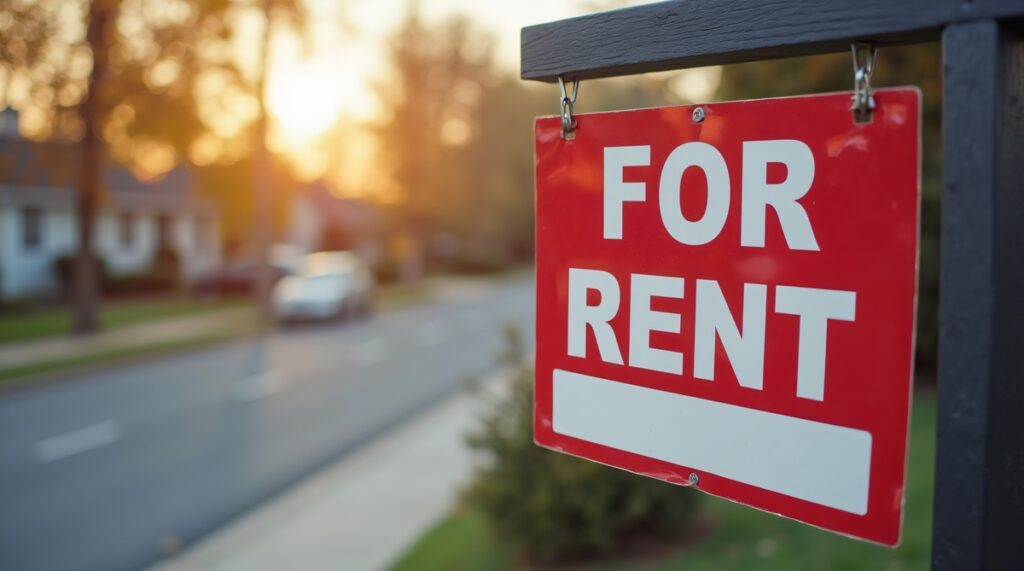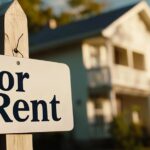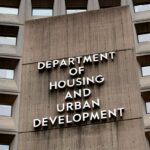The busiest week of the year for rental seekers is upon us, as data from Zillow Rentals reveals that the first week of June will bring a spike in activity on the platform, as listing views, rental applications, and outreach to property managers have all peaked at this time over the past two years.
“Summer is always a busy time for rentals, but it’s also when the most new listings hit the market,” said Emily McDonald, Zillow Rental Trends Expert. “Knowing when demand spikes can help renters plan ahead, act quickly and use smart tools to find a place that checks all their boxes without blowing their budget. You’ll still have options later if you miss the rush, but you might miss out on freebies available now.”
Renters Relish in Record Year
Zillow has found that rental activity is already outpacing the past two years in terms of apartment views, lease creations, and rental applications, indicators that this year’s peak could be even higher. A record-high 46 million households rent, and renters are nearly four times more likely to move than homeowners, according to the U.S. Census Bureau.
Demand is up, and so is inventory, with Zillow reporting there are more than two million active listings including single-family rentals, apartment units and condominiums, an all-time high for the platform.
A construction boom added more new rental units in 2024 than in any year since the 1970s, but the wave of lease concessions used to attract tenants is starting to ebb. According to Zillow’s latest Rental Market Report, the share of listings offering incentives like a free month’s rent dropped from nearly 40% in March to under 35% in April.
While most metro areas are experiencing positive mild rent growth, landlords are still providing short-term relief through incentives, with more than 41% of Zillow rental listings featuring concessions in February 2025—consistent with data reported in January 2025. After seven months of rising rent concessions, this trend has now stabilized, and may have peaked in January. As competition in the rental market heats up and more relocate, landlords are likely to reduce these incentives.
Affordability Concerns Linger
Many are still struggling with affordability concerns as rates are creeping upward and home prices remain high, leaving rent as their lone option.
Freddie Mac reports that the 30-year fixed-rate mortgage (FRM) averaged 6.89% as of May 29, 2025, up from last week when it averaged 6.86%, but down year-over-year when it averaged 7.03%. Zillow’s latest analysis of home prices finds that the average U.S. home value is $367,711, up 1.4% over the past year.
Zillow found that since April 2020, rent for a typical U.S. apartment has increased by 28.7%, to $1,858, while rent for a single-family home increased by 42.9%, to $2,256. Over that time, the median household income has only risen 22.5% to about $82,000, indicating that wages have not kept pace with rents. Since the beginning of the pandemic, rents have increased by 35.4%.
A renter making the median income and leasing a typical U.S. rental is just on the right side of the 30% affordability line—the rent burden threshold—being forced to spend 29.6% of their income on rent. To keep below that 30% line, renters in San Jose, New York, Boston, San Diego, San Francisco, Los Angeles, Miami and Riverside, California, generally need to earn six figures. The typical rent in these markets is many hundreds of dollars above the average national asking rent of $2,024.
Click here for more on Zillow’s analysis of U.S. rental trends in April 2025.





